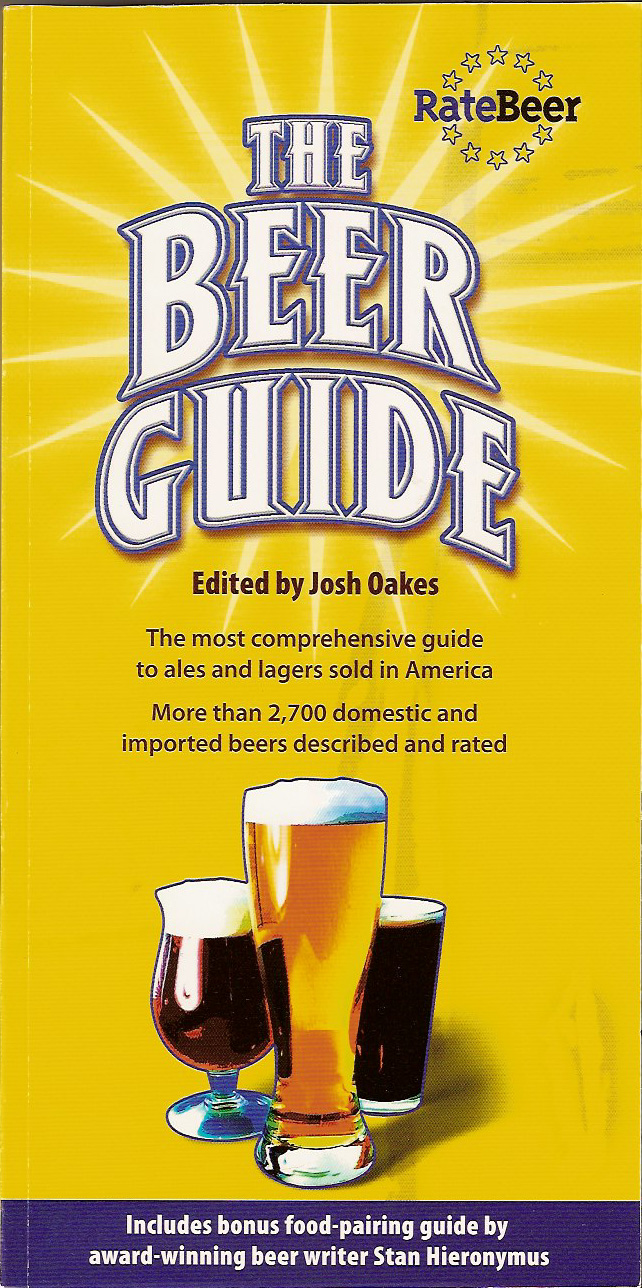
Savory House Press
Soft cover, $9.95, 296 pp.
When it comes to selecting restaurants, do you go with Michelin or Zagats? If you’re visiting New York, do you consult Eric Asimov or explore on-line? Do you insist that your wine pass muster with Robert Parker, or do you turn to the blogs?
As with restaurants or wine, the world of beer evaluation splits into two camps—the credentialed camp, found most often in print and on the stage at high-prestige events; and the more democratic citizens’ evaluations, which have blossomed in particular on the Internet.
Both camps have their supporters and detractors. Formal evaluations are staffed by testers who have, for a number of reasons, won the esteem of their peers: they have proven themselves as professional brewers, they have passed demanding exams or they have persuaded people to pay for their opinions. Citizen-judges may have formal qualifications, but that’s not the point: the emphasis is on the native smarts and enthusiasm of the consumer.
This brings us to ratebeer.com and The Beer Guide, the published book of evaluations from this enormously popular website. Rate Beer claims to be “the largest and most popular beer-rating website in the world.” Thousands of web surfers log in to read reviews and contribute their own. Out of this mass of data, editor Josh Oakes has culled ratings of over 2,700 domestic and imported beers.
Each entry lists a beer, the beer style, brewery, location, and website; and a number of stars—from one to five—which simplifies the website’s 0-100 rating system. These are followed by two or three lines of quotes from contributions to the website, and the alcohol content.
The result is a quick and dirty survey of a lot of beers, based on input from a cadre of citizen drinkers. It’s a shame that the entries don’t list the number of contributors whose input has been distilled into each succinct review. This information is available on the website, and would have strengthened the book.
What to make of the reviews themselves? It’s a drawback of all systematic reviews that our eye is drawn first to the “objective” rating—grades, numbers, colors, stars, what have you—and later to the more detailed analysis. I guiltily scanned the one-star ratings. They contain some of the typical snarky entries that roll in when opinions can be entered without a name or the price of a stamp, but many were observant and funny (”Tastes like I just licked a freight train”).
Across the board, most of the comments are thoughtful and descriptive. Given the scores of contributions available for some of these reviews, Oakes has selected those that conjure up, in twenty-five words or less, something of the essence of the beer. These are editorial, not citizen-driven decisions: in the end, good evaluation is not a democracy; someone knowledgeable has to step in with expert judgment.
In the main, the book is more useful than the website, and very good value for the price. A skillful editor has chosen the best quotes, and the wide 0-100 points system has been boiled down to functional groups. This is the book to take along to the retail store when you’re faced with unfamiliar choices, and need a quick aid to making your decision. The input of hundreds has been boiled down to a useful consensus.











